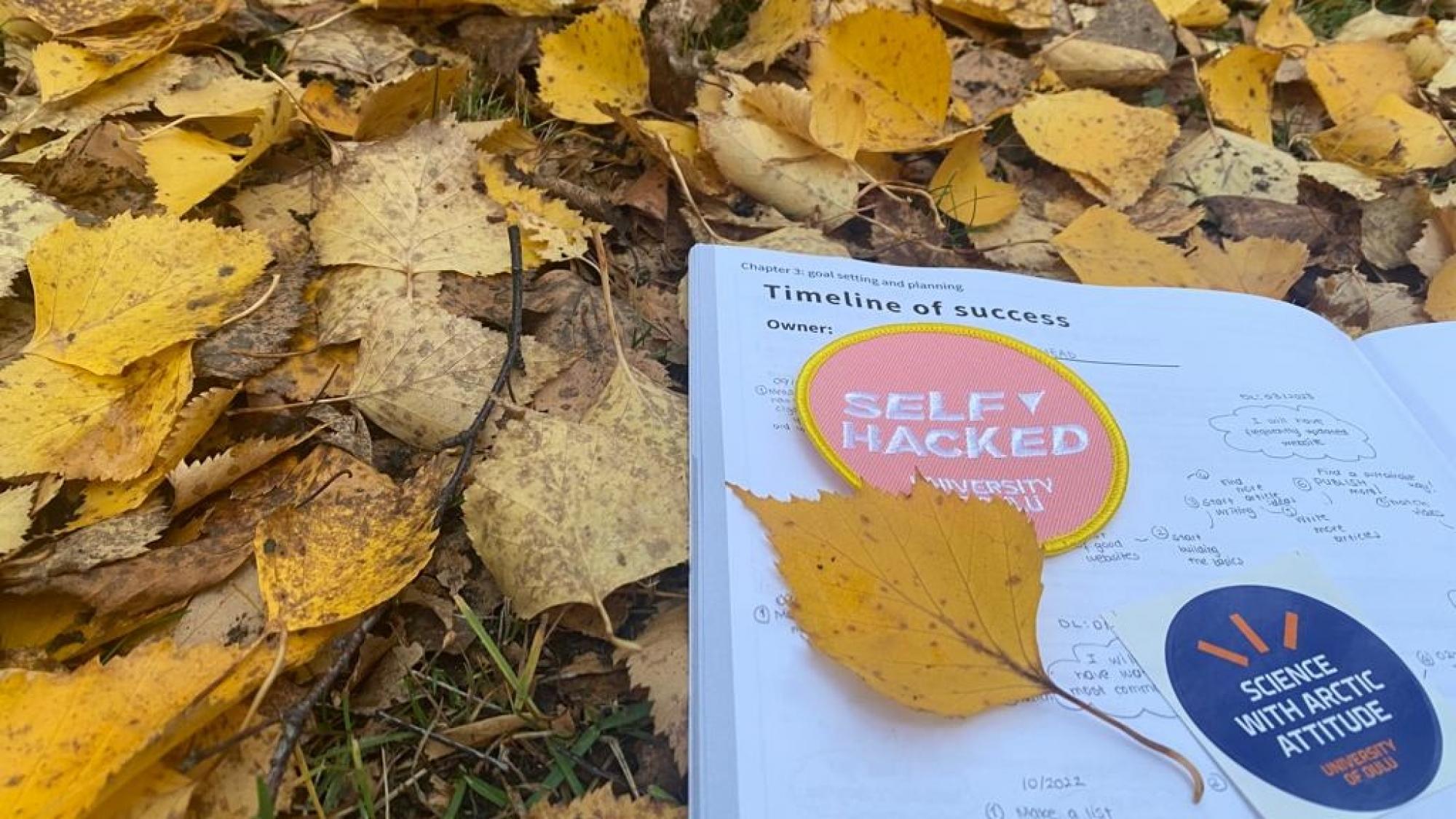From a dream to reality: timeline of success

My past: What is my educational and professional background?
Before studying in this master's degree in Finland, I studied for my bachelor's degree in Foreign Language Education in Turkey. While studying, I actively joined many webinars, conferences, workshops, and projects to learn more about education and to improve my soft and hard skills.
In my senior year, I joined a 1-year Erasmus+ project called Flipped Impact. In this project, we integrated Bloom's taxonomy with flipped learning to teach English to K12 students. In the project, I have increased participation by using technology-enhanced pre-class and in-class activities based on education models such as discovery learning and differentiated learning. This project made me knowledgeable about technology-enhanced learning and collaborative learning.
As for practicing my teaching skills, I worked at a language institution, did my internship in a secondary school, and gave private lessons from K12 to prep school students since 2018, and this made me aware of the cognitive and emotional needs of all ages and improved me in the areas of pedagogy and classroom management.
I came to Finland one year before I started my master’s degree. During this year, I joined the Burning Questions event organized by students from the University of Oulu. In this event, we question various topics in education through student-led workshops. And even though I wasn’t a student at the university, I was able to join and lead a workshop about value conflicts in education.
In the following months of my being in Finland, I got a job in an international kindergarten as an early childhood educator. Working there for 6 months made me resourceful and skillful in the kindergarten curriculum, emotional regulation with kids, and collaboration with different stakeholders.
My present: How is it going?
The reason why this master's programme is my dream was, apart from the university's ranking and educational quality is the fact that the Learning Education and Technology (LET) curriculum itself is fascinating in terms of providing students with soft and hard skills such as collaboration, self-regulation, and problem-solving skills that will be useful in academic and job career.
In addition to this, combining theory with practice and showing learning can be fun even in a master's makes this programme special for me.
In the first week of orientation, we were given a Self-hack booklet which is a workbook with lots of activities enhanced with introduction videos to make students aware of their strengths, skills, learning strategies, time management, goal-setting and planning your future career.
The more activities I did, the more I was aware of my learner identity and strategies, which eventually lead me to regulate my learning process. I liked this workbook and the activities inside it because I can check it anytime and see if I am on the right path for my studies and my future plans.

In the orientation and following weeks, I got to meet my cohort and learn about them. We registered for the courses together and helped each other during the process. I never felt alone thanks to my friends and kummi students (senior students who help you to get settled and learn more about the culture and the university). And, the courses started, and a new chapter began.
In the first period, we had 4 courses, including Survival Finnish. I have enjoyed every course and course activity so far, but one of my favourite courses is Learning Environments and Technologies.
In the Learning Environments and Technologies course, we learn computational thinking and digital fabrication concepts, discover modern technologies, and design creative learning materials through workshops. I must also add this course is conducted in a very resourceful and digitalized classroom.
You can find and use everything from 3D printers to 360 cameras, from voice and video mixers to green screens. Lately, we have been learning about the concept of computational thinking and we did workshops about teaching/learning Computer Science through games and puzzles. While we were solving the puzzles, we talked about the connection between the game and how the computer works.

My future: What do I want to do?
After graduating from the Learning Education and Technology master's programme, there are many career paths you can follow. You can be an educator, researcher, educational consultant, human resources developer, project leader, learning designer, online learning expert, or designer of technology-enhanced learning. Since there is a compulsory internship in the curriculum, you can find an internship place for your future career and practice what you have learned in the programme.
I have two options to follow for my future: PhD researcher or eLearning designer. The programme is the perfect fit for both. There is a research unit called Learning and Learning Processes and their focus is on understanding how learning occurs and the processes behind it. I always wanted to do my PhD abroad and the Learning and Learning Process Research Unit has everything that I want.
The other path is being an eLearning experience designer which I have wanted for a year. And the content of the program can help me improve my knowledge, understanding, and soft and hard skills for this role. I would like to work in a company where I can use my expertise in learning and learning processes and implement technology.
About the author
Tuğba Whitehead from Turkey is studying for her master's degree in Learning, Education, and Technology. She loves ice skating in winter and roller skating in summer.